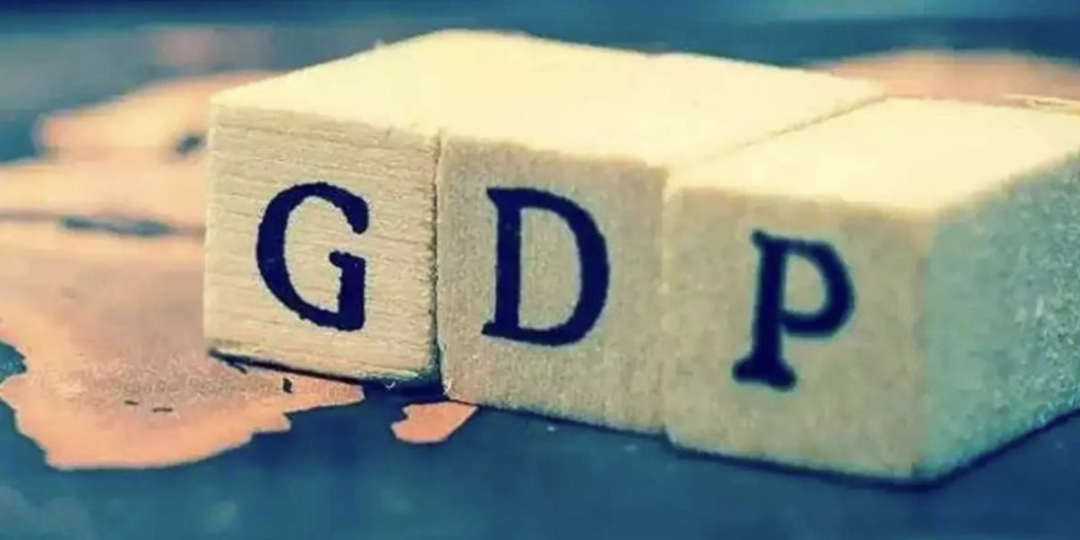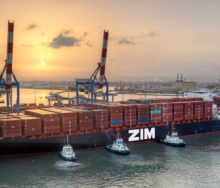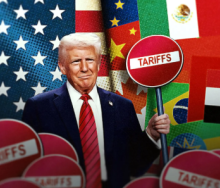South Africa’s real gross domestic product (GDP) weakened by 0.3% in the third quarter following 0.3% growth in the second quarter of 2024.
This is according to the latest data released by Statistics South Africa on Tuesday, which showed that the agricultural industry was the main drag on growth on the production side of the economy, while transport, trade and government services also contributed to the slowdown. On the expenditure side, there was a decline in imports, exports and government consumption.
“Agriculture recorded its second consecutive decline, falling by 28.8% in the third quarter. It was the largest negative contributor, pulling GDP growth down by 0.7 of a percentage point,” Stats SA said.
“The industry experienced a rough quarter. Drought plagued the production of field crops such as maize, soya beans, wheat and sunflower. Adverse weather conditions also hindered the production of subtropical fruits, deciduous fruits and vegetables in parts of the country.”
Three other industries also performed poorly. Transport, storage and communication were the second largest negative contributors, recording a decline in land transport and transport support services.
Disappointing figures from the wholesale trade, motor trade and restaurant, fast-food and catering sectors pushed the trade, catering and accommodation industry lower.
Finance was the largest positive contributor, pushed higher by banking, insurance, real estate and other business services. The electricity, gas and water supply industry expanded for a second straight quarter, driven higher by a rise in electricity generation and consumption.
Stronger manganese and chromium ore production helped boost mining. Iron, steel and machinery production drove much of the upward momentum in manufacturing.
“Construction’s second straight rise of 1.1% may seem relatively small, but it’s the biggest increase in two years. The positive showing in the third quarter was mainly driven by construction works, with support from activities related to non-residential buildings,” Stats SA said.
On the expenditure side of the economy, exports decreased by 3.7%, representing the largest decline in three years. The slump was mainly due to weaker trade in pearls, precious and semi-precious stones and precious metals; vehicles and transport equipment (excluding large aircraft); chemical products; base metals and articles of base metals; and machinery and electrical equipment.
Imports were down 3.9% driven lower by decreased trade in vehicles and transport equipment (excluding large aircraft); mineral products; vegetable products; and base metals and articles of base metals.
Households increased consumption expenditure by 0.5% in the third quarter, spending more across most product categories, except for transport. Recreation and culture recorded the highest growth rate (1.2%).
“Closer exploration of this category shows gambling as a notable contributor to this increase. Gambling has risen sharply in recent years, according to the latest set of statistics from the South African National Gambling Board. Gross gambling revenue totalled R59.3 billion in 2023/24, a 25.7% rise from the year before. This follows an increase of 37.0% in 2022/23,” Stats SA said.
Another key takeaway from the GDP numbers is the current weakness in the automotive sector.
“On the manufacturing side, the production of transport equipment disappointed in the third quarter. The most recent monthly manufacturing release shows a pullback in the production of motor vehicles over this period. Motor trade sales and household spending on transport are both weaker. Exports and imports of passenger vehicles were also down in the third quarter,” Stats SA noted.













